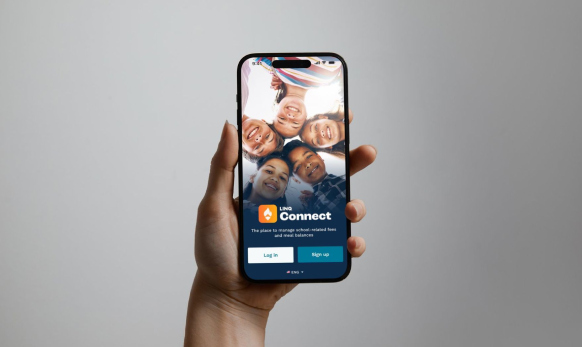Having access to useful web tools and apps is not a luxury, it’s a must. They make us faster and smarter. And in the business of running schools, they allow you to widely communicate and implement change with the push of a button. These tools have been especially crucial over the last few years, with virtual learning and creating connections during a time when in-person options weren’t possible.
Recent statistics say the average U.S. internet user visits 130 web pages per day! According to Zappia research, that is 910 web pages per week and 4,000 a month. Zappia also found that the average American has 80 apps downloaded on their phone and uses 9-10 of them every day.
That’s a lot of usernames and passwords to remember, not to mention different systems to navigate, understand, and save to your home screen. Technology can certainly make processes more convenient, accurate, and flexible, but fragmentation can overshadow the benefits.
It’s Time to Simplify K‑12 Technology Systems
But have we gone too far? Sometimes, using online platforms for everything can be overwhelming and cause more of a headache because there are too many of them to keep up with. Think about the families your district serves. Have you ever taken a deep dive into the number of sites and tools they interact with just to manage their student’s needs? As you wrap up the current school year and prepare for next year, it might be the perfect time to do just that.
Start with the beginning of a new school year. Students might need school supplies, parking permits, technology tools, yearbook pre-orders, and meals. Then comes spirit wear, sports enrollment, club dues, band uniforms, and equipment rentals. What about those costs that come next, such as field trips, library fines, snack days, school dances, and exam fees? In many cases, these expenses are likely applied in cash, checks, or on multiple websites and platforms. How many times does a family need to remember to submit a payment due or send cash to school? Is it daily? Weekly? Monthly? Whatever the answer, they will likely have to pay for these things by logging into a different site or sending a new payment each time.
In addition to creating a headache for the families and students by requiring them to make payments in multiple places, your staff must collect and manage the funds as they come in. Whether they must balance all the cash and track checks, they must also account for who’s paid and send out past-due notifications. Additionally, you’ve got to store the funds, send someone to deposit them, and ensure it all makes it to the right account. This work is likely on top of the daily duties of running a school or classroom.
The Solution to Managing All K‑12 Fees and Payments in One App
The good news is, LINQ has a solution, and you may already have access to it. With LINQ Connect, you can easily bring all the above-mentioned fees together on one platform. And you can provide the families you serve with an easy way to pay for them. Use LINQ Connect to assign fees to students, send reminders, run reports, track balances, and more.
LINQ Connect is a simple way for parents to manage their student’s school payments and fees. They can set up one-time or recurring payments, set spending limits, and transfer funds between students. Plus, they can manage all their students within your district in one place.
If you’re already using LINQ Nutrition, setting up payments is an easy next step. Our client management team can help you get started. We also offer a full set of free parent resources to help them get started.
